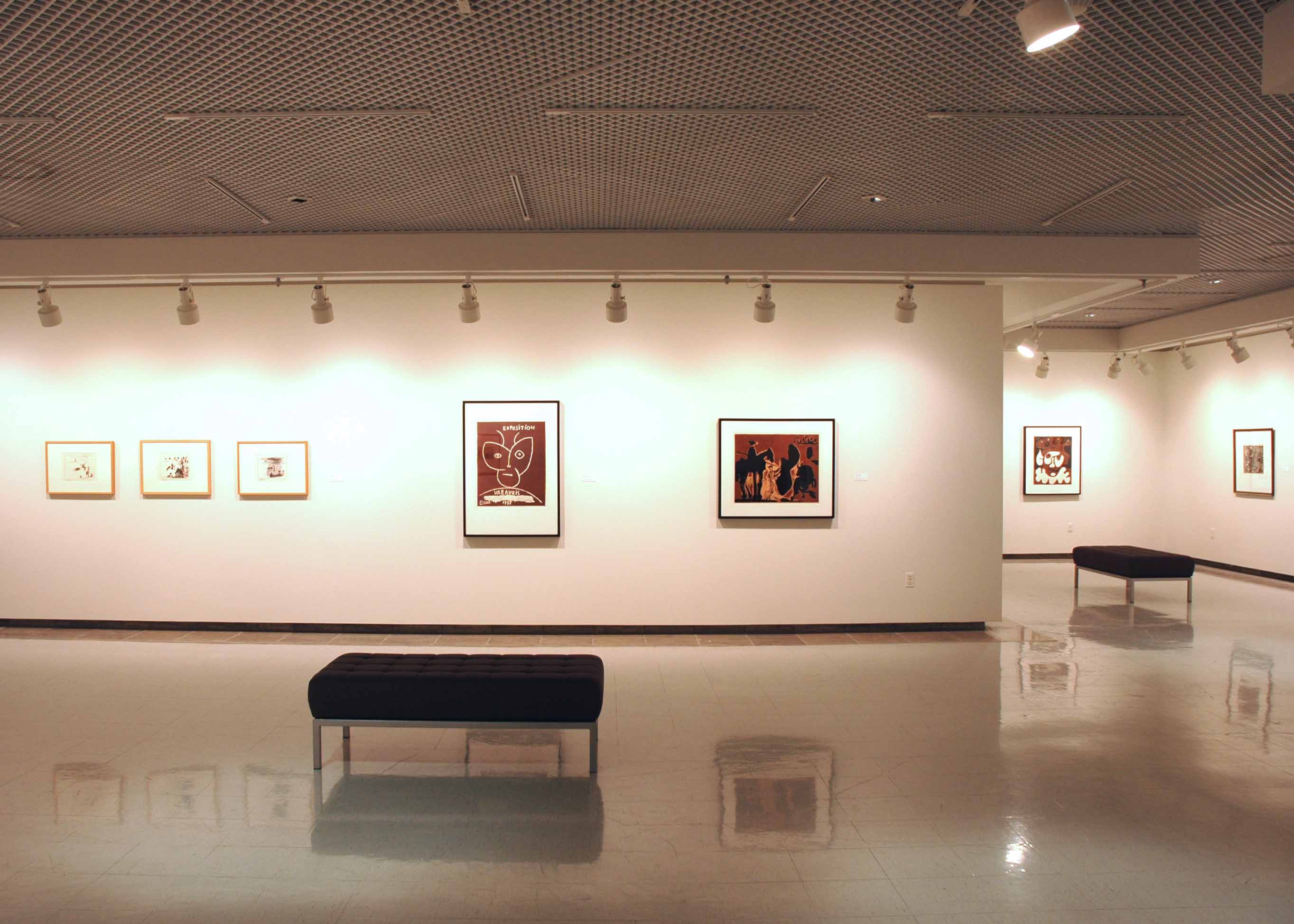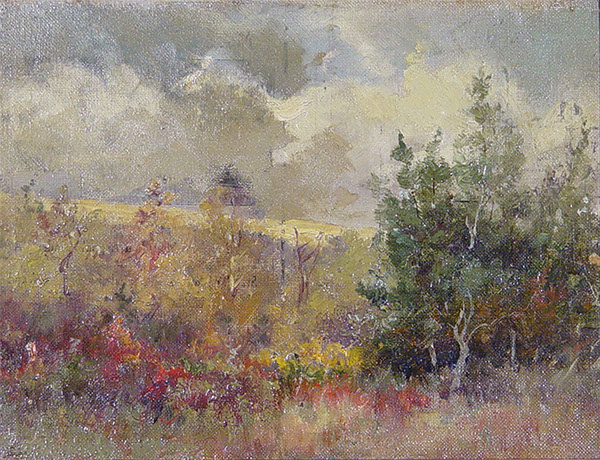Picasso and His Contemporaries
April 3 - June 29, 2012
Kenderdine Art Gallery
curated by Leah Taylor
Spanish artist Pablo Picasso (1881-1973) remains one of the most significant and prolific artistic figures of the 20th century. He arguably changed the face of Modern art as he continually experimented with materials, styles, techniques and subject matter. This exhibition not only looks at important Picasso prints, but also celebrates the work of his contemporaries. Ranging from Georges Braque and Sonia Delaunay to Henri de Toulouse-Lautrec, Picasso’s contemporaries are comprised of important artists who were influenced by, worked concurrently, or prefigured his major stylistic movements.
Picasso’s expansive oeuvre includes the following periods: the 1904 Blue period, the Rose period, followed by African-inspired artwork that led to the advent of Cubism; The Cubist period including studies for the 1907 masterpiece Les Demoiselles d’Avignon; Analytic and Synthetic Cubism; The Neoclassical period, and 1925’s The Kiss; the Surrealist period, including 1942’s Bull’s Head, and 1950’s The Goat and The Matador. Picasso’s work from the mid 1950s onward reflects a more cheerful outlook and time. In 1953 he met and fell in love with Jacqueline Roque and in 1955 they moved permanently to the south of France.
The pieces in this exhibition focus primarily on prints from Picasso’s later period (1955–65), with the exception of the 1933 etching, Modele de Sculpture Surrealiste also know as Nymph and Sculpture. This etching has been described as a “bizarre assemblage that is both a still life and a figure; it is both male and female; it is droll yet uncanny; it is dead yet alive.”[1]
Picasso’s contemporaries were comprised of an avant-garde social circle of artists and poets, having developed interrelations that extended into the literary community. French poet Apollinaire was a very influential contemporary of Picasso’s during his introduction into the Surrealist milieu in Paris. These early years in Paris’ Montmartre district also marked the beginning of his depictions of theatre and circus players, specifically images of the Le Fou (The Jester), inspired by the Circe Medrone.
In 1944, and in the wake of the Liberation of Paris, Picasso joined the French Communist Party. Though it was not always in high regard among collectors and curators, Picasso’s Modernist aesthetic often echoed his social and political climate. Picasso rhetorically posited, “Why do you think I date everything I do?” – “Because it is not sufficient to know an artists work – it is also necessary to know when he did them, why, how, and under what circumstances…”[2]
In lithograph poster design, modern artists were turning to French Art Nouveau, which was distinguished by sinuous contour lines, simplified shapes, and artificial colors. Influences included Théophile Steinlen and Toulouse-Lautrec, whose affect can be seen in Picasso's lithographs titled, Exposition Vallauris 1955 and 1952. ‘Picasso kept Toulouse-Lautrec’s May Milton poster from the 1895 Cabaret des Decadents on his studio wall, as evidenced by its presence in his own painting Interior with Bathing Figure from 1901.’[3]
Drawn form the University of Saskatchewan Art Collection, and several borrowed works from the collection of the Mendel Art Gallery, Picasso and his Contemporaries celebrates select pieces with impressive provenance that exemplify the ambitious achievements in Picasso’s career. Simultaneously, this exhibition considers the work of artistic figures that were an important stimulus to Picasso, artists whom with he shared a dialogue, and finally, artists that responded to his work.
[1] Green, Christopher, and Pablo Picasso. Life and death in Picasso: still life/figure, c. 1907-1933. English ed. New York: Thames & Hudson;, 2009. p. 169.
[2] Utley, Gertje. Picasso: the Communist years. New Haven: Yale University Press, 2000. p. 3.
[3] Frey, Julia Bloch. Toulouse-Lautrec: a life. New York: Viking, 1994. p. 382.





